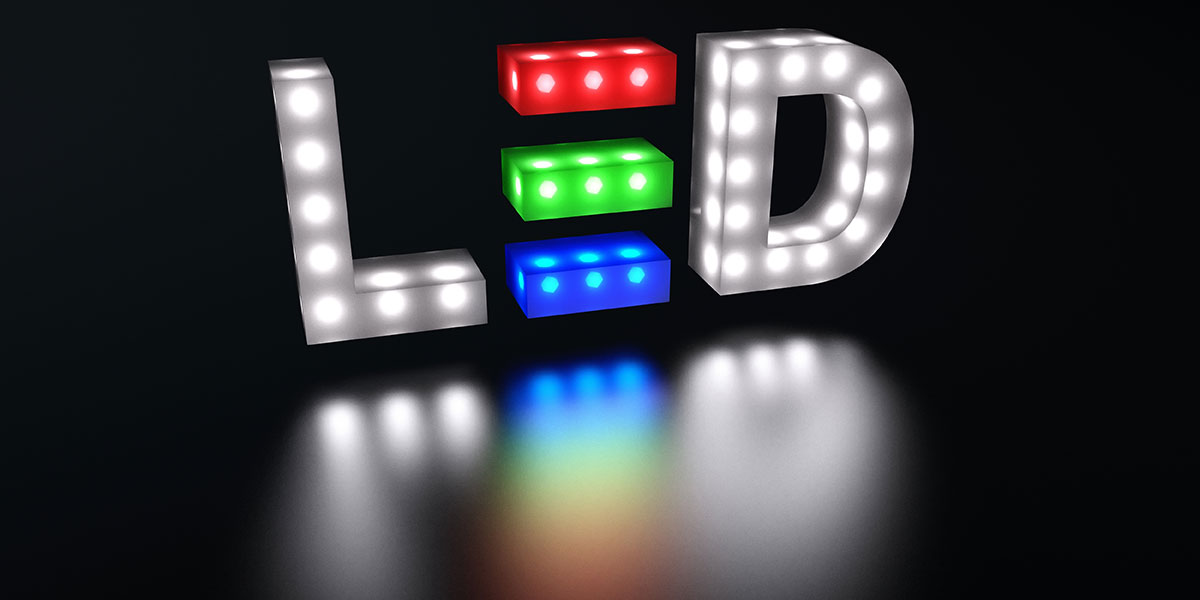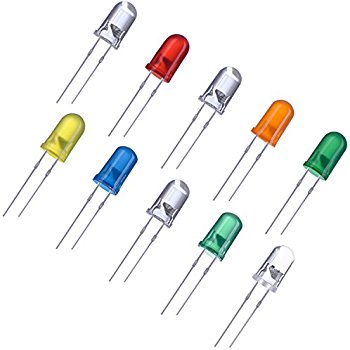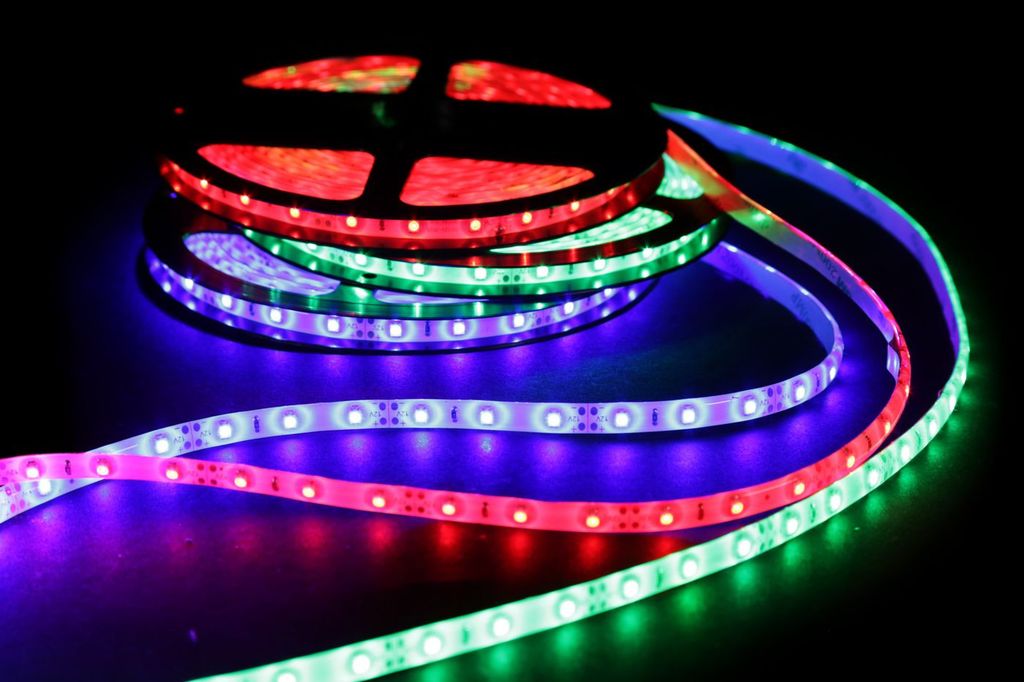LED
electronic·@mmd0420·
0.000 HBDLED
A light-emitting diode (LED) is a semiconductor device that emits visible light when an electric current passes through it. The light is not particularly bright, but in most LEDs it is monochromatic, occurring at a single wavelength. The output from an LED can range from red (at a wavelength of approximately 700 nanometers) to blue-violet (about 400 nanometers). Some LEDs emit infrared (IR) energy (830 nanometers or longer); such a device is known as an infrared-emitting diode (IRED). Benefits of LEDs and IREDs, compared with incandescent and fluorescent illuminating devices, include: Low power requirement: Most types can be operated with battery power supplies. High efficiency: Most of the power supplied to an LED or IRED is converted into radiation in the desired form, with minimal heat production. Long life: When properly installed, an LED or IRED can function for decades.  